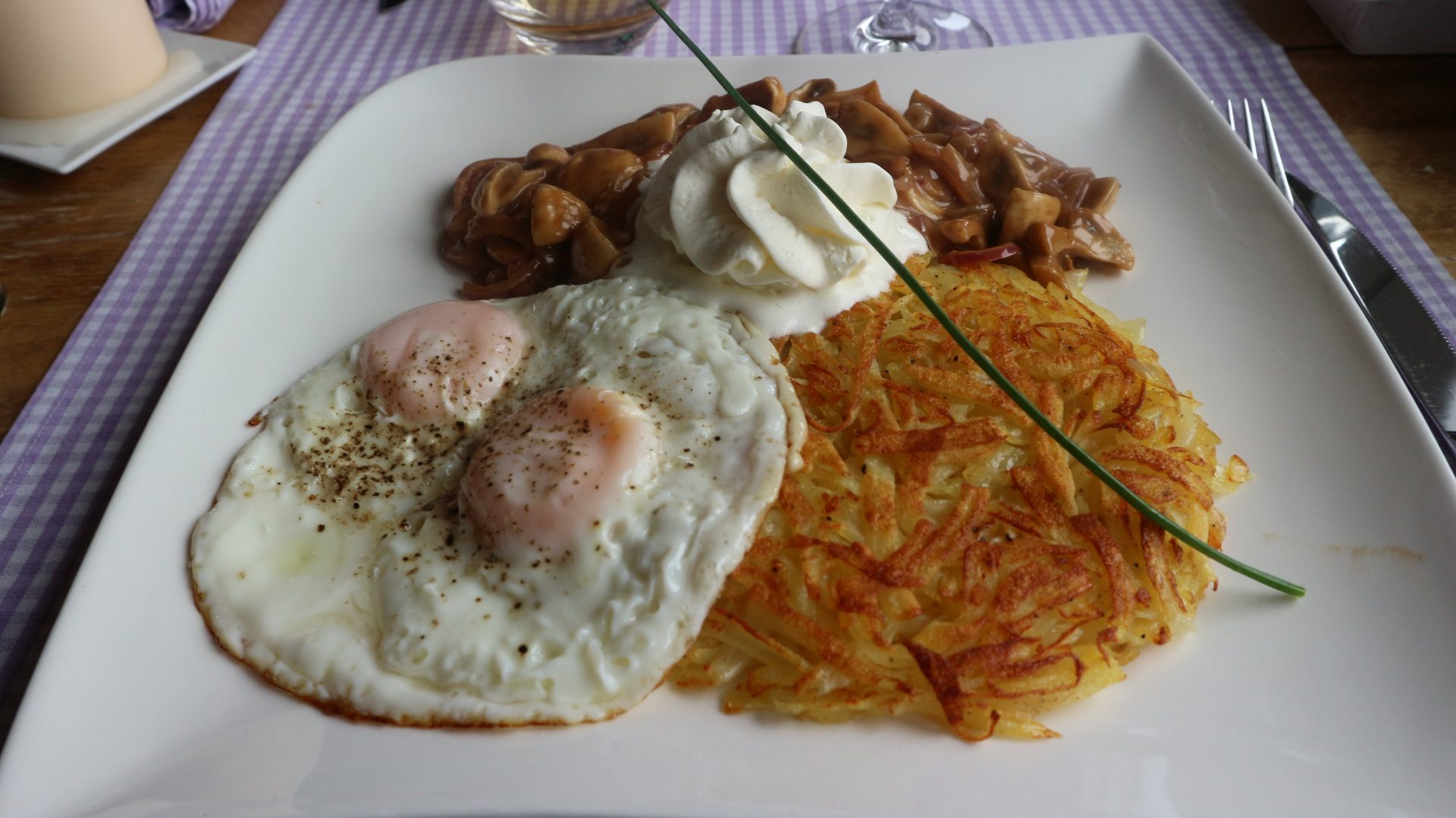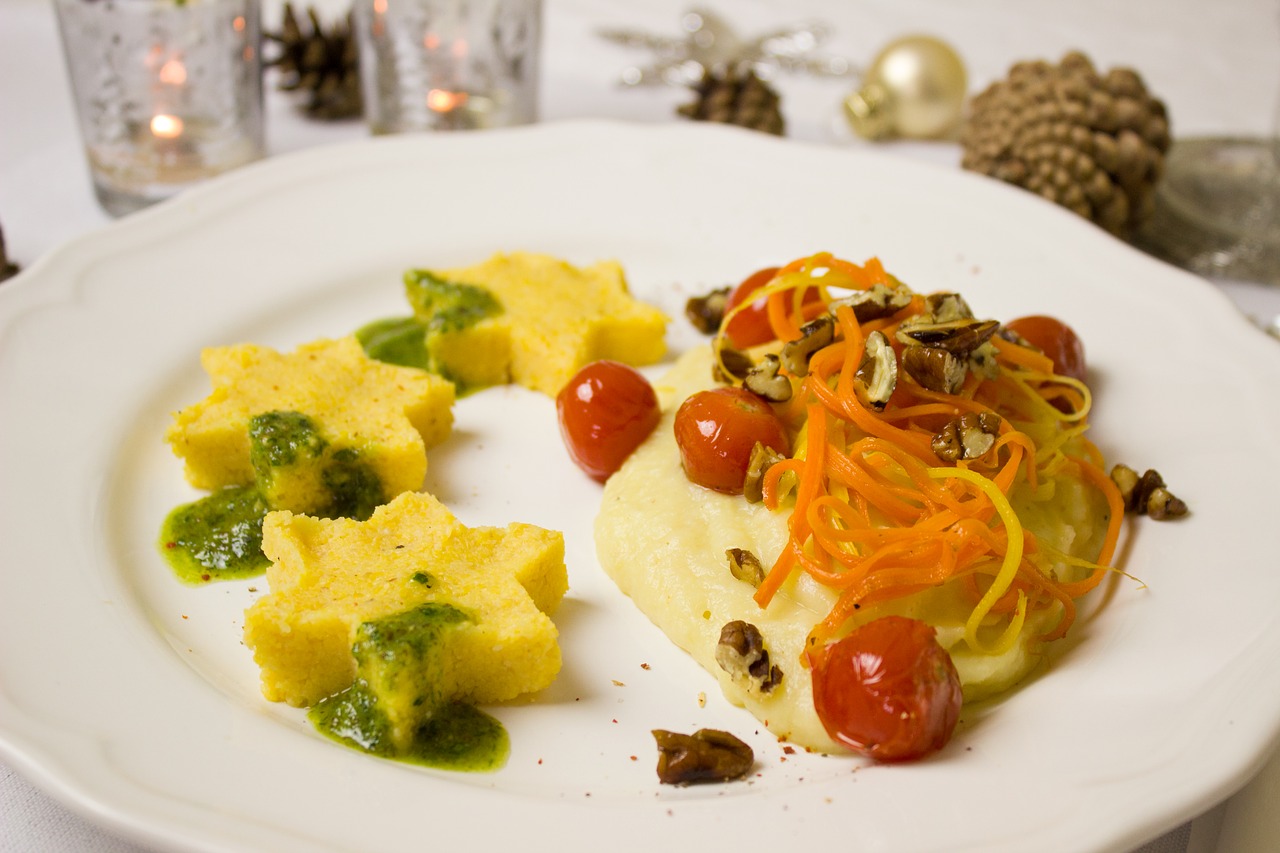Exotic Colombian Fruits and Juices
The abundant, diverse, and exotic fruits available throughout Colombia are a welcome reminder of the country’s biodiversity – a lifesaver for carb-loaded vegetarians and vegans. Beyond the familiar bananas, pineapple, mango, papaya, and strawberries, it helps to know about what’s on offer and how to eat it. This may seem unnecessary – but once you spy the hard or spiky exteriors of some fruits you’ll understand the need for guidance.
Some fruits are best consumed whole or in their raw form. Others have texture or flavor that make them more suitable for juices. If you’re in a restaurant or eating prepared street food – local knowledge will present fruit in its best form. But if you’re shopping in a market or buying unprepared fruit on the street – you might need a primer.
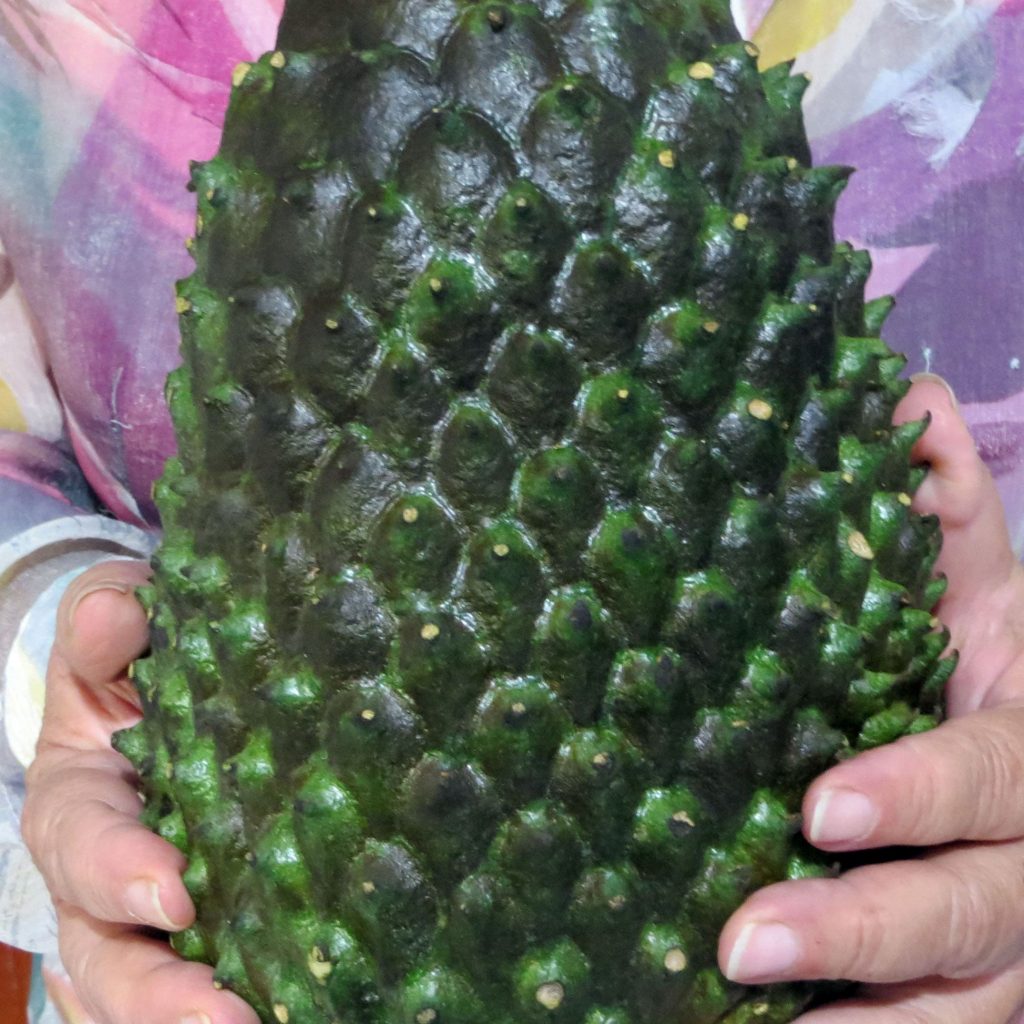
Chontaduro (Bactris gasipaes, Peach Palm)
One of the absolute best fruits for vegans and vegetarians is the chantaduro. These small fruits are nutritional powerhouses. Often called “vegetable eggs” they have as much protein as an egg and are high in omega 3 and omega 6 fatty acids. The also are a “complete” protein, meaning they have all the essential amino acids – uncommon in non-animal-based foods.
Chontaduros are reddish-orange plum-sized fruits. You’re most likely to see them for sale on the street. Sellers have a basket full of unpeeled fruits, a few bags of 4-6 peeled fruits, and salt and honey for serving. Chantaduros require cooking before consumption. Depending on the method, the fruit can require up to five hours preparation to be digestible. This is definitely a treat to buy prepared. Purchase a bag on the street and sprinkle the fruit with salt (for vegans), honey, or both. The fruit has a gritty, grainy texture – similar to a baked potato. The taste is similar to a sweet potato. It’s not the tastiest Colombian fruit but it’s not bad and very filling and healthy.
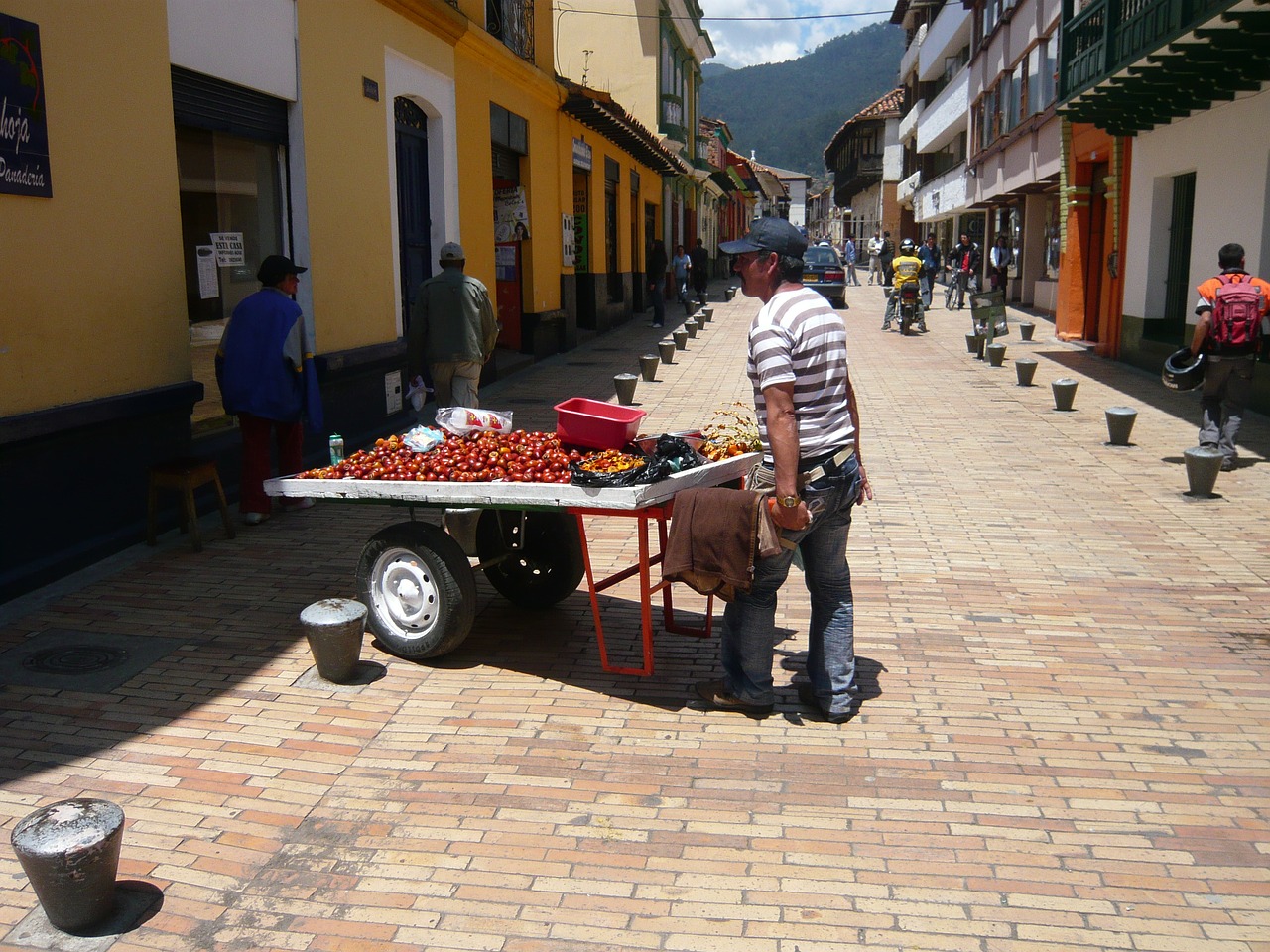
Passion Fruits (family Passiflora)
If you begin asking what popular fruits are called in English – you’ll quickly learn that there are a lot of different passion fruits consumed in Colombia. The local Spanish names for these are maracuyá (Passiflora edulis, yellow passion fruit), gradadilla (Passiflora ligularis, sweet granadilla), and Gulupa (Passiflora gulupa, purple passion fruit). These have a hard exterior shell. Inside there is a thick layer of pith protecting black seeds surrounded by a slick sac filled with pulpy juice. To eat, crack the rind with whatever you have on hand – squeezing it is typically sufficient, though little kids without sufficient hand strength can be seen cracking them against the ground. Then break it in half and suck the slimy seeds from the open rind. Don’t chew the seeds – they aren’t harmful, just bitter. Suck on the seeds to pop the sacs and enjoy the juice. I’m not very good at this. I have an instinct to chew solids in my mouth. I’m also turned off by the slimy texture. That’s why I prefer my passion fruits as juice. Granadilla is typically eaten whole but maracuya is a bit tart to consume alone and is popular as juice.
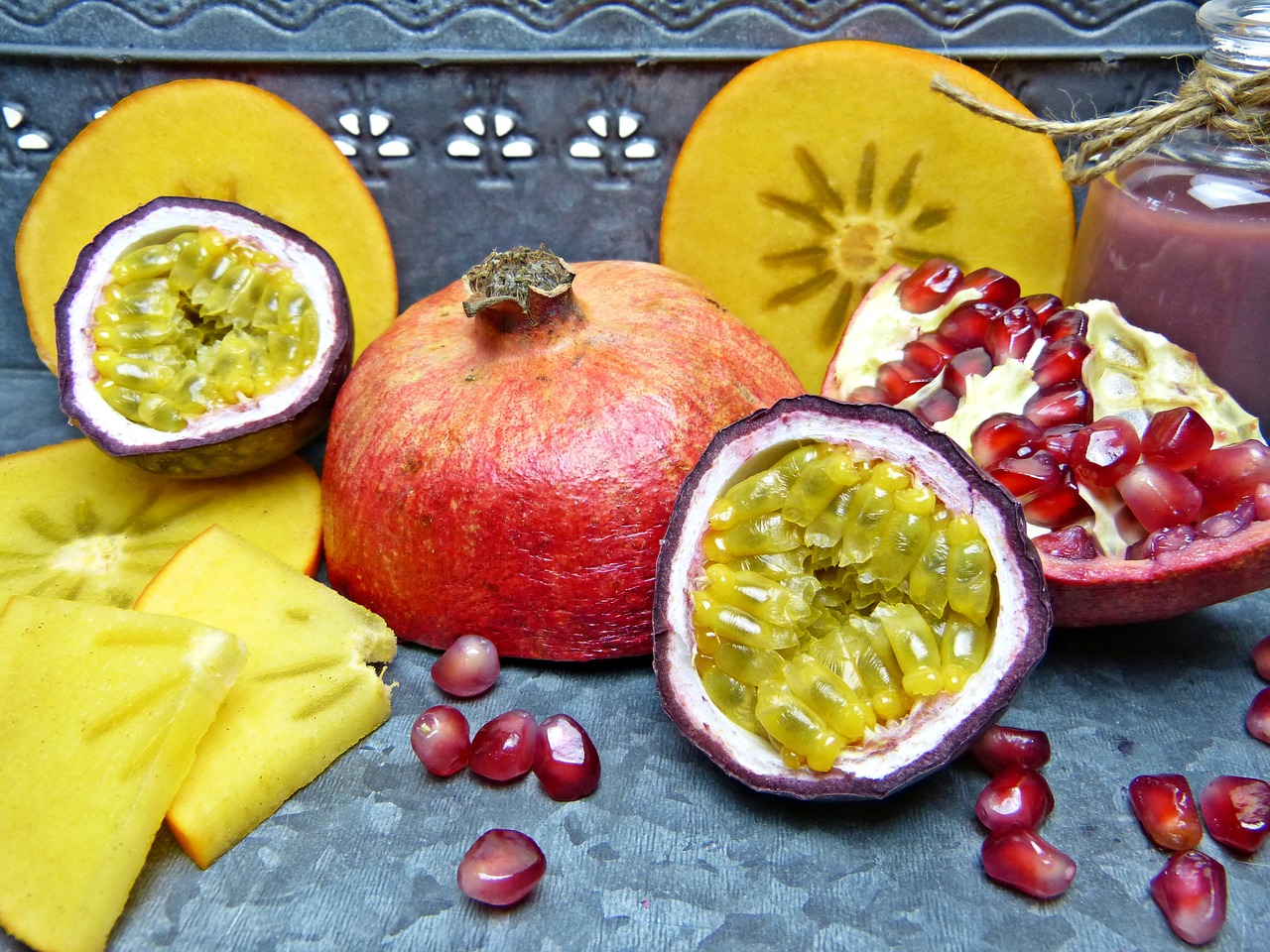
Eat on the Go
Once you master the cracking open and seed sucking technique, granadillas are easy to eat on the go. Other fruits that can be eaten whole with minimum preparation are: three types of guanaba (Psidium guajava, guava), uchuva, or mangosteen. Guayaba (normal guava), guayaba manzana (apple guava), and guayaba pera (pear guava) can be eaten whole – skin, seeds, and all – or as sold on the street – cubed, often with lime and salt. (The scientific names of different guavas are confusing due to frequent grafting.) Uchuvas (Physalis peruviana, cape gooseberry) are yellow grape sized fruits inside a husk, similar to tomatillos. Typically they are sold on streets and markets, without the husk and ready to eat. Mangostino (Garcinia mangostana, mangosteen) preparation is similar to passion fruits. They are a bit harder to crack open – try removing the flowers and attached stem first. Once you crack them open you’ll find sweet white fruit, in segments. You can either eat them by hand or suck the segments from the rind. If you have a butter knife you can cut a pithahaya (Hylocereus megalanthus, dragonfruit) in half and cut chunks of soft fruit out.
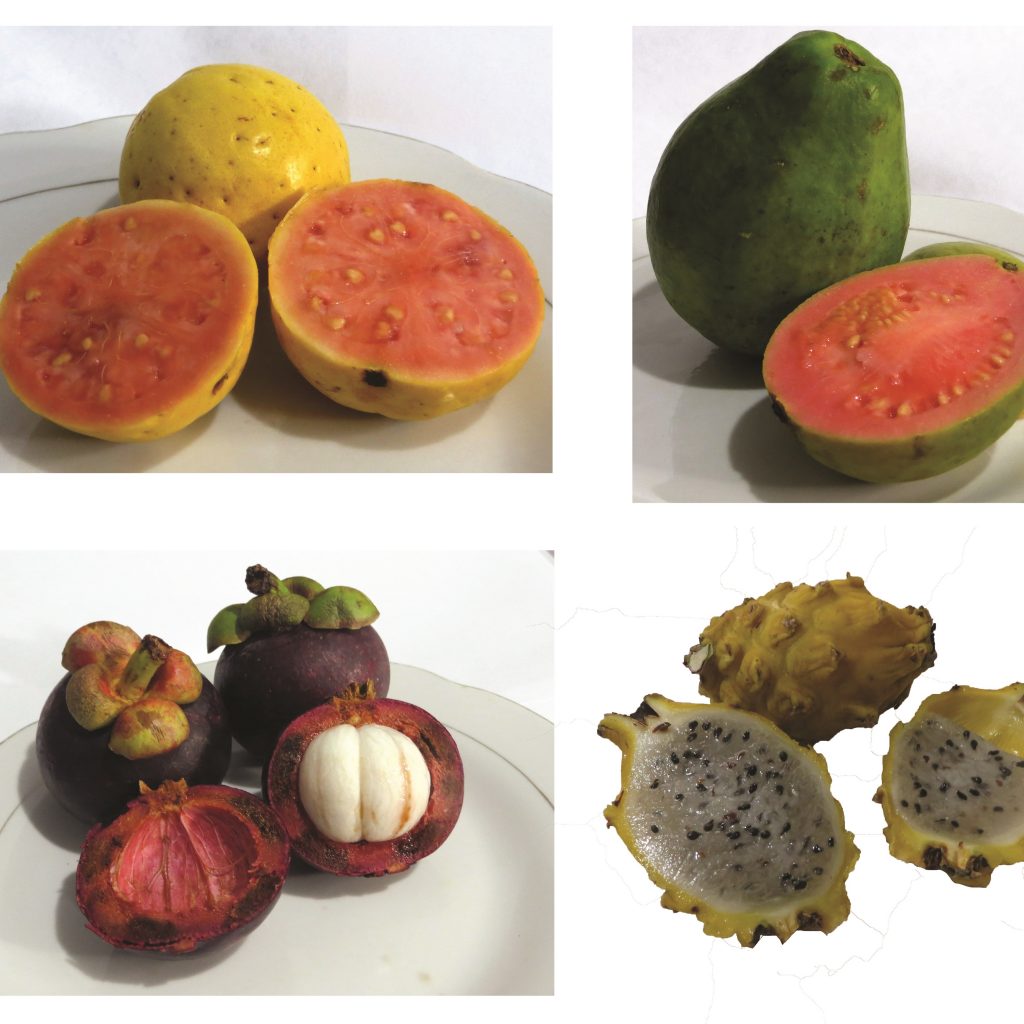
Save for Juice
Some Colombian fruits are best left to juices. Guanábana (Annona muricata, sour sop) is delicious but messy to eat whole. Colombians do eat the whole fruit, but it’s rare to see it for sale or served in restaurants that way – you’ll likely find it in juice form. Lulo (Solanum quitoense, little orange) is one of the most popular Colombian fruits. Alone it is quite tart – so you’ll usually find it as juice or lulado. I recommend both. Finally you’ll probably encounter tomate de arbol (Solanaceae betaceum, tree tomato) juice rather than whole fruit due to its high acidity.

Colombian Juice Terms
Spanish terms from juice vary regionally. In Colombia jugo refers to juice made from fruit with water or milk added, while zumo refers to juices that don’t require additional liquid (citrus fruits). Jugo is often used to describe both, and everyone will know what you mean if you ask for jugo de naranja (orange juice). But menus often have separate sections, so it’s good to know zumo.
If you order a juice you will likely be asked if you want it with agua o leche (water or milk.) Certain fruits naturally pair better with one or the other, though often it’s simply personal preference. If you are in an area that you don’t drink the water, be sure to ask for your jugo with agua de botella (bottled water.) Colombians also drink fruit in a thicker form. If you see the name of a fruit with ‘ada’ added to the end (lulada) it is a drink of coarsely blended fruit with ice and water. It’s refreshing and a terrific way to enjoy more of the fiber lost in juicing. Just remember, if you’re not drinking the water – you have less control over the source of ice than water.
The juices served with hotel breakfasts or set lunches are sometimes the cheapest available and not the best Colombia has to offer. If you find yourself disappointed by the juices, look for places that allow you to select from a menu with a wide range of fruit juices usually at different prices, rather than a “juice of the day” model.
The best advice is to be brave, try what the locals are having, and write down the names of your favorites. Some Colombia fruits have textures that may be challenging to foreigners. This is almost always remedied by juicing. Most too tart, sour, or bitter flavors can also be addressed by juicing – either by adding sugar, choosing the accompanying liquid, or mixing different juices. Go forth and explore the healthy bounty.

